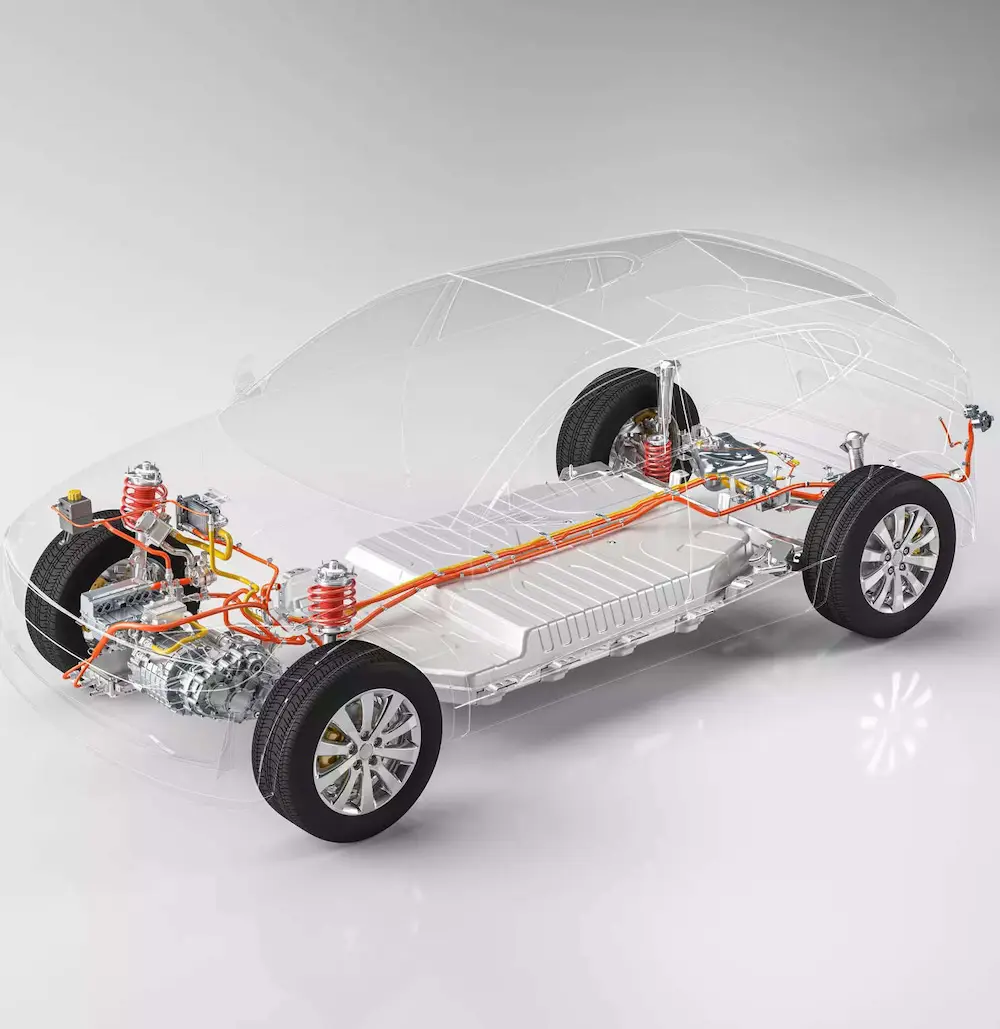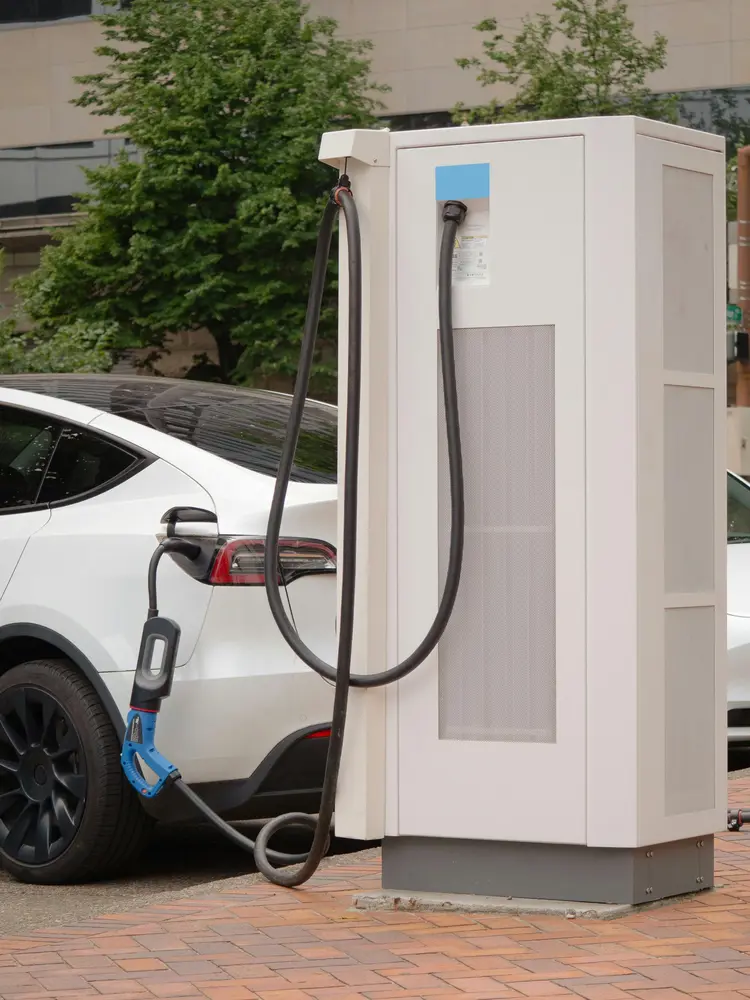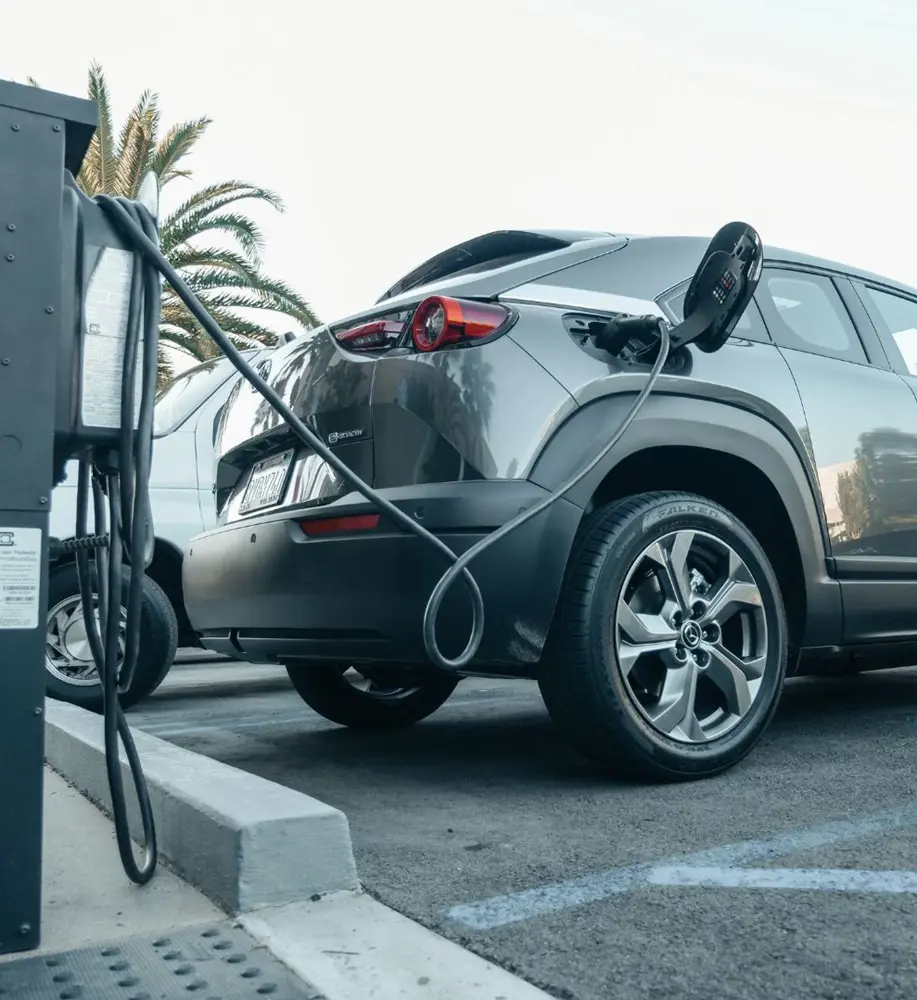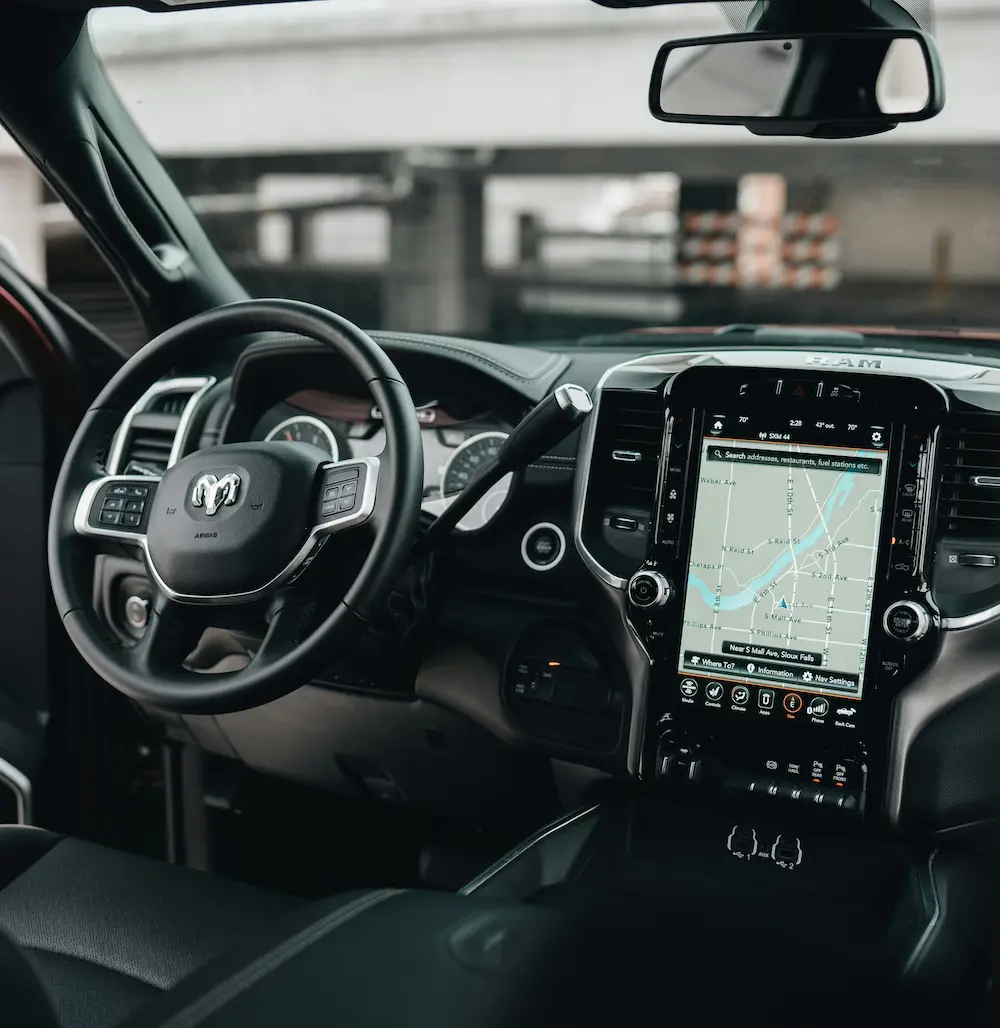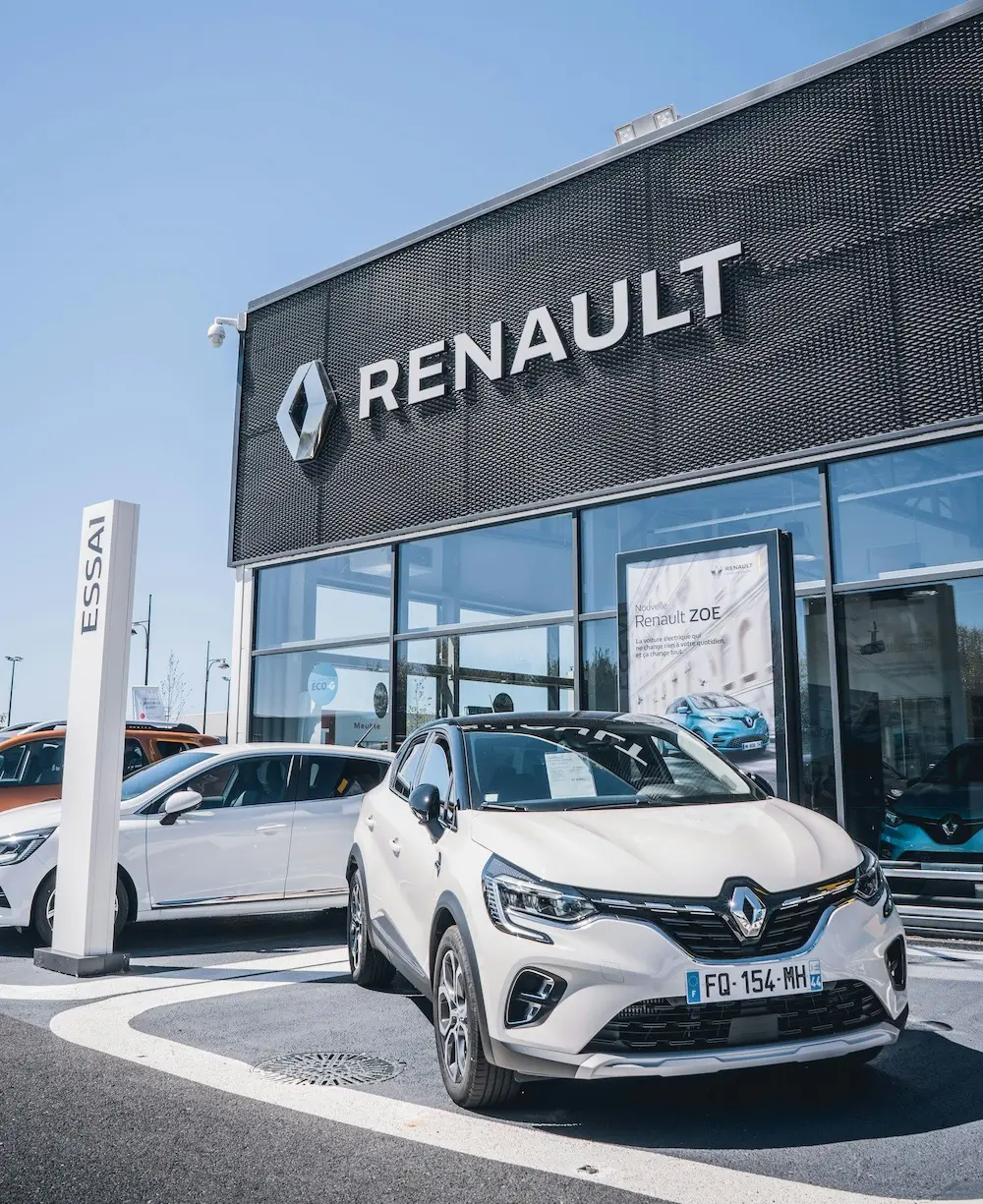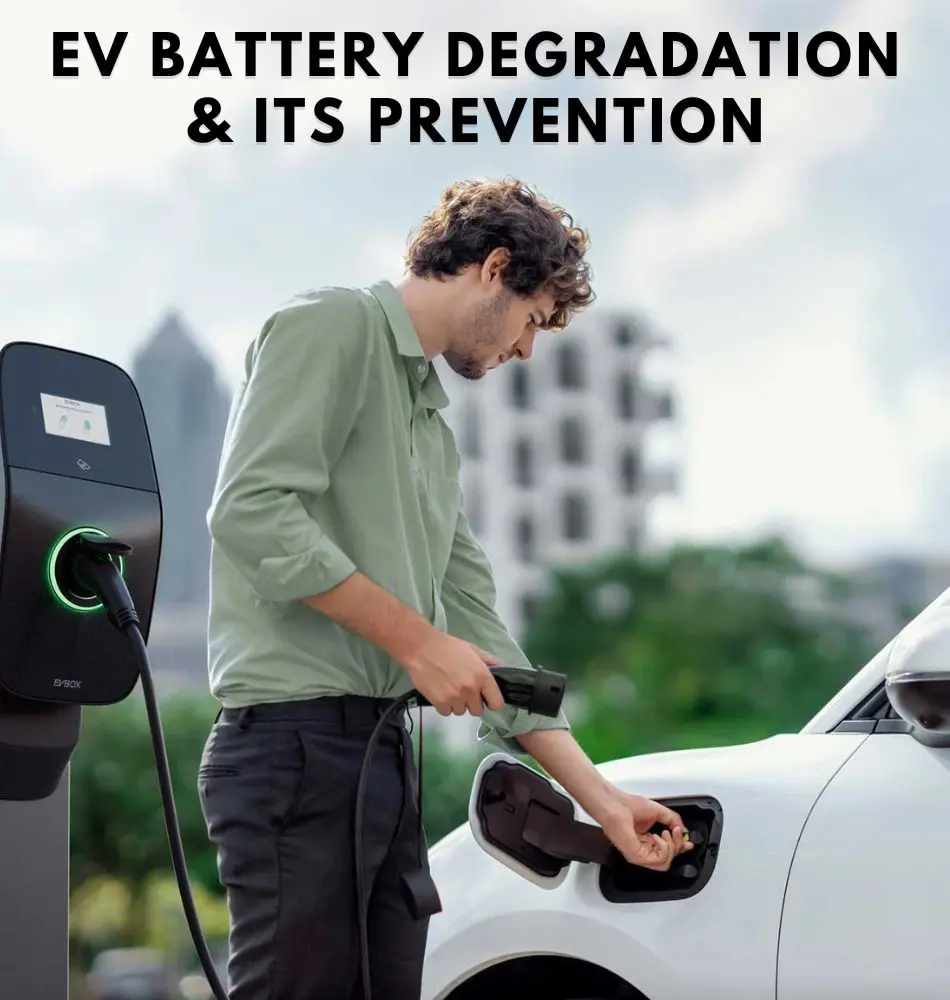The automotive industry is undergoing a revolution thanks to electric vehicles (EVs). These electric cars' performance and sustainability are greatly dependent on their core components batteries. Most EV makers like Tesla, Jaguar and Audi use lithium-ion batteries but another kind, nickel-metal hydride, can be found in hybrid vehicles like the Honda Insight and Toyota Prius.
The range between charges of an electric car is between 40 to 200 kWh. The average lifespan of batteries in electric vehicles is 200,000 miles. The battery lasts up to roughly 17 years, however, its performance depends on various factors like temperature, charging cycles and treatment.
EV batteries can be recycled for energy conservation when it comes to disposal but improper disposal can result in environmental risks. Let us explore the various kinds of batteries used in electric cars and take a closer look at this fascinating topic.
1. Lithium-Ion Batteries
Lithium-ion (Li-ion) batteries are the most common kind of batteries that are found in electric vehicles. These types of batteries are used due to their high energy density, lightweight design and relatively long lifespan.
They provide an excellent balance of energy capacity, weight and cost which makes them ideal for powering electric vehicles.
Lithium-ion batteries work by moving lithium ions from the cathode to the anode when charging and from the anode to the cathode when discharging. The Li-ion battery performance, capacity, cost and safety are determined by the materials used to make the lithium-based cathodes and carbon-based anodes.
Key Features
- High power-to-weight ratio
- Good high-temperature performance
- Long life span
- Recyclable components
Advantages:
- High Energy Density
- Long Life
- Quick Charging
- Low Self-Discharge
- Minimal Maintenance
Disadvantages
- High Production Cost
- Restricted Lifespan
- Safety Issues
- Environmental Impact
- Sensitivity to Temperature
2. Nickel-Metal Hydride Batteries
Commonly found in computer and medical equipment, nickel-metal hydride batteries provide respectable specific energy and specific power capacities. They have a far longer life cycle.
Nickel-metal hydride batteries are commonly found in hybrid vehicles such as the Toyota Prius. They are known for their safety and long lifespans.
Compared to lead-acid batteries nickel-metal hydride batteries are safe and resistant to misuse. HEVs have made extensive use of these batteries. The primary drawbacks of nickel-metal hydride batteries are their high price, the tendency to produce heat at high temperatures and the requirement to regulate hydrogen loss.
Key Features:
- Reasonable specific energy and power.
- Long life cycle.
- Safety and abuse tolerance.
- Challenges include high cost and heat generation at high temperatures.
Advantages:
- Recharge ability
- Environmentally Friendly
- Long Lifespan
- Low Self-Discharge Rate
Disadvantages:
- High Production Cost
- Restricted Lifespan
- High Self-Discharge
- Temperature Sensitivity
3. Lead-Acid Batteries
Lead-acid batteries are one of the oldest rechargeable batteries used in various vehicles. These are affordable, safe, reusable, and dependable. They can be made to have a high power capacity.
However, their short calendar and lifecycle, low specific energy and poor performance in cold temperatures make them unusable. Although more sophisticated high-power lead-acid batteries are being developed, ancillary loads in commercially available electric-drive vehicles are the only applications for these batteries.
Key Features:
- Inexpensive and safe
- Limited specific energy
- Short calendar and life cycle
- Used for ancillary loads in electric-drive vehicles.
Advantages:
- Long Service Life
- Expense-effectiveness
- High Power Capacity
- Dependability
- Recyclability
Disadvantages:
- Heavy
- Maintenance Requirements
- Shorter Lifespan
- Environmental Impact
- Temperature Sensitivity
4. Ultracapacitors
Ultracapacitors store energy at the interface of electrodes and electrolytes. They are essential for providing extra power during acceleration and recovering braking energy in EVs.
Ultracapacitors have a low energy density, but they compensate for it with a high power density. This means that they can deliver large amounts of power in a short period.
This can be used to provide vehicles with additional power during acceleration and hill climbing, while also helping to recover energy during braking.
They may also be useful as secondary energy storage devices in electric vehicles, as they aid electrochemical batteries in maintaining load power.
Key Features
- High power density
- Energy storage in electrode-electrolyte interface
- Complementary to lithium-ion batteries
- Useful for acceleration and energy recovery
Advantages:
- Rapid Energy Transfer
- Extended Lifespan
- Broad Temperature Range
- Minimal Maintenance
Disadvantage:
- Reduced Energy Density
- Cost
5. Solid-State Batteries
These batteries have the potential to cut EV battery carbon footprint by almost 40%.
Solid-state technology makes batteries lighter, cheaper and quicker to charge by using solid ceramic material to carry the electric current rather than liquid electrolytes. Momentarily, Ford and BMW are testing the batteries for use in 2025 automobiles.
In addition, solid-state batteries can eliminate range anxiety by having a 500-mile driving range.
Key Feature:
- Electrostatic Energy Storage
- High Energy Density
Advantages:
- Greater Energy Density
- Faster Charging Times
- Increased Safety
- Enhanced Performance in High Temperatures
- Extended Lifespan
Disadvantages:
- High Production Costs
- Limited Resources
- Problems with Performance at Low Temperatures
- Risk of Dendritic Formation
Recycling and Sustainability of EV Batteries
Proper EV battery disposal and recycling are critical for conserving energy and reducing environmental risks. The EV industry's R&D efforts are focused on improving battery efficiency, lowering costs and improving sustainability.
The U.S. Department of Energy also supports the Lithium-Ion Battery Recycling Prize to develop profitable solutions for collecting, sorting, storing and transporting spent and discarded lithium-ion batteries for recovery.
Some of the ways of recovering the raw material from used batteries are:
1. Smelting
Smelting procedures are essential to the recycling of spent lithium-ion batteries. They provide an effective way to recover salts or basic elements. These large-scale processes can handle different kinds of batteries such as nickel-metal hydride and lithium-ion.
Valuable metals are recovered through high-temperature smelting processes that burn organic materials such as carbon anodes and electrolytes. Other materials in the slag can be used as an additive in concrete.
Smelting can be useful but it can also have disadvantages like high energy consumption and the release of harmful gases. Smelting technology is evolving intending to improve recovery rates while using less energy.
2. Direct Recovery
Direct recovery processes provide a low-temperature and energy-efficient way to recycle spent lithium-ion batteries.
This method involves separating components using physical and chemical processes to recover all active materials and metals directly. Direct recovery processes use little energy and are environmentally friendly.
However, there are some issues regarding complete material recovery and the long-term properties of recycled materials compared to the unrecycled ones.
3. Intermediate Processes
Intermediate recycling processes fill the gap between smelting and direct recovery methods. It provides a more balanced approach to material recovery from used lithium-ion batteries.
In comparison to smelting, these processes can handle a wider range of batteries and recover materials further along the production chain. Intermediate processes seek to improve recovery rates, reduce energy consumption and increase the recovery of high-value materials.
However, the challenges of separating different battery materials remain a top hurdle for improving the efficiency and sustainability of intermediate recycling processes.
Content Sources:
Wikipedia, Electric Vehicle Battery


